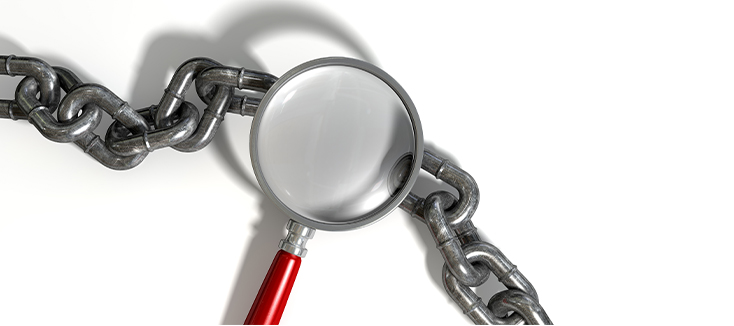Every healthcare provider’s number one goal is patient health and safety, but in order to uphold that priority, it’s important to maintain equipment in tip-top shape. Transesophageal echocardiogram (TEE) ultrasound probes are no exception. These devices are very easily damaged if they are banged, scraped, or mishandled. When TEE probes are damaged or broken, costs are incurred, time is wasted, and patient safety is jeopardized. Fortunately, there are various ways of protecting delicate TEE probes, helping to keep healthcare facilities running at their best.
TEE probes can be very easy to damage; just one scrape along the shaft or a hard bang against the distal tip, and your probe could be out of commission. In the worst case scenario, a TEE probe may be broken beyond repair. Then the probe will need to be replaced and your facility will have to foot a bill of tens of thousands of dollars for that replacement. If you’re lucky, the probe’s damage will be reparable. The TEE probe can then be sent to an ISO 13485:2016 certified and compliant probe servicer which may still cost several thousand dollars, depending on the extent of the damage done. Both these cases result in a large financial hit to your healthcare facility.
One must also consider the time taken when having to repair or replace a probe. During that time, appointments may need to be cancelled and rescheduled and some patients may need to have their procedure done at a different facility. This inconveniences both patients, who need help, and facilities, who want nothing more than to assist these patients.
Most importantly, when a probe is damaged patients’ health and safety is put at risk. It is not always obvious when a probe has been damaged. A probe may have a fine fracture in the shaft or very small scrapes on its surface that are almost invisible to the naked eye. These small scrapes can house and retain bacteria, leading to the development of a nearly impervious biofilm. That biofilm can then spread infections between patients and lead to an outbreak. Additionally, any cracks in the shaft of a TEE probe can result in the electrocution of a patient which, according to the American Institute of Ultrasound in Medicine could have, "fatal results."
Luckily, healthcare facilities have many options to help mitigate the possibility of such outcomes. To begin with, following a standardized, evidence-based approach to reprocessing TEE probes will improve quality, reduce variations, and help protect probes from mishandling. One example of such an approach is CS Medical's TEE Complete Care® Process, which is an easy to follow ten-step guide for handling and reprocessing probes securely.
Next, facilities ought to consider products that have been proven to keep TEE probes safe. One such example is the TPorter® Procedure Case. This case safely houses TEE probes that need to be transported to and from procedure rooms and also has room for accessories needed for the procedure. The tough polycarbonate case ensures that the probe is not damaged during transportation. Until recently, healthcare facilities had no safe way to transport their TEE probes and resorted to pillow cases, giant zip-top bags, and even trash bags. Since the development of the TPorter Procedure Case, many facilities have implemented its use to great effect. According to Duke University Medical Center, mechanical failures have been reduced greater than 50% since utilizing the TPorter system.
With patient health and safety being the number one concern for healthcare professionals, TEE probe protection is a no-brainer. By investing a small amount up front on products like TPorter and its accessories, facilities can save money, make the best use of their time, the time of their patients, and can help mitigate risks to the well-being of patients.


